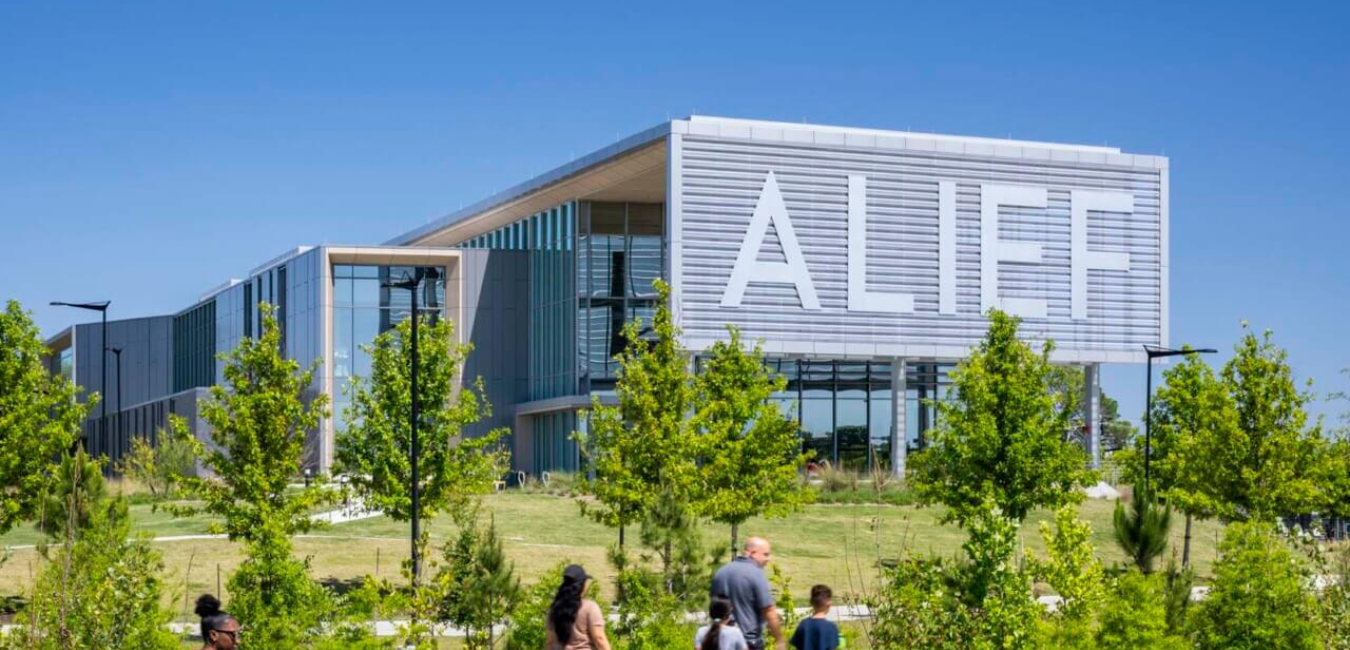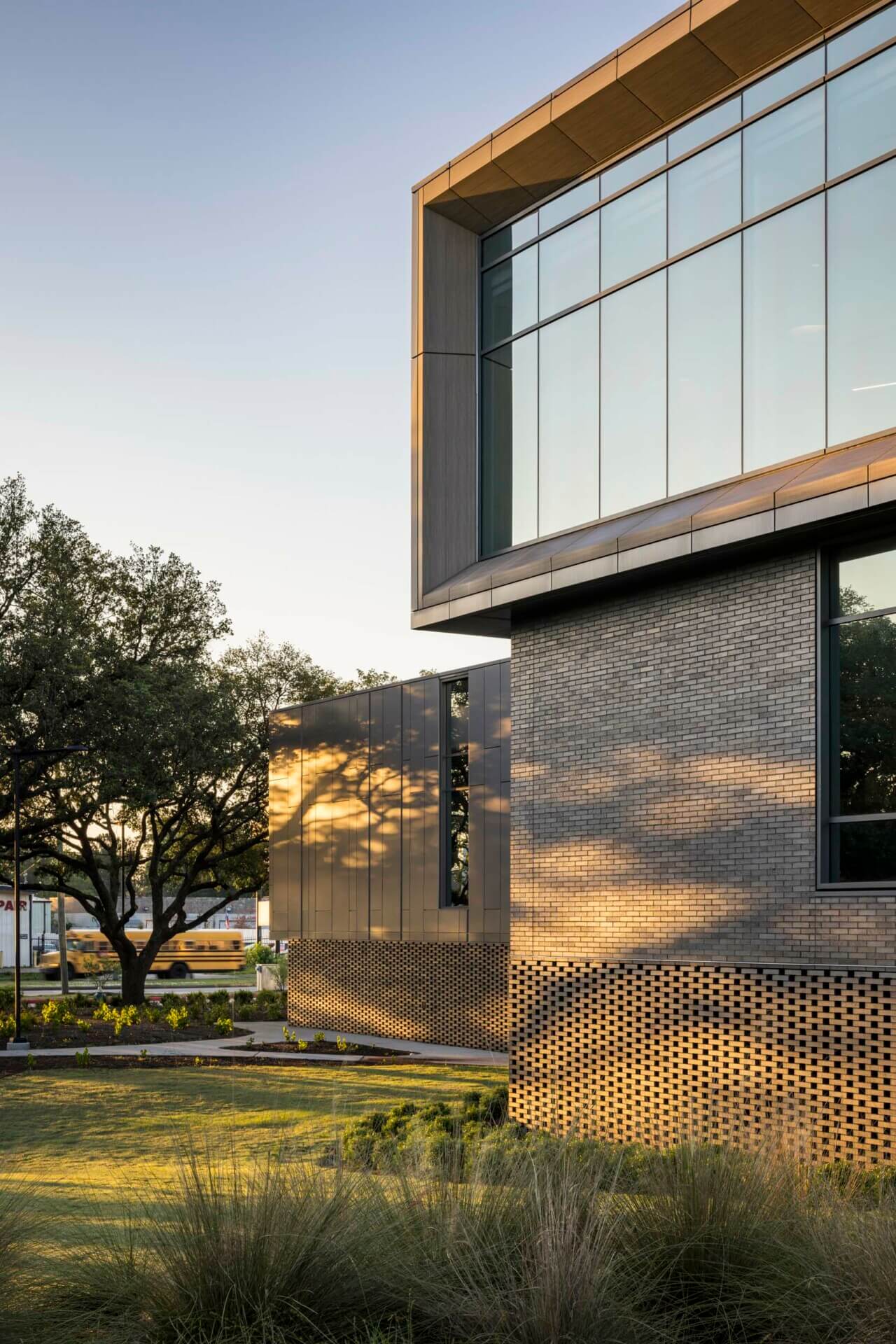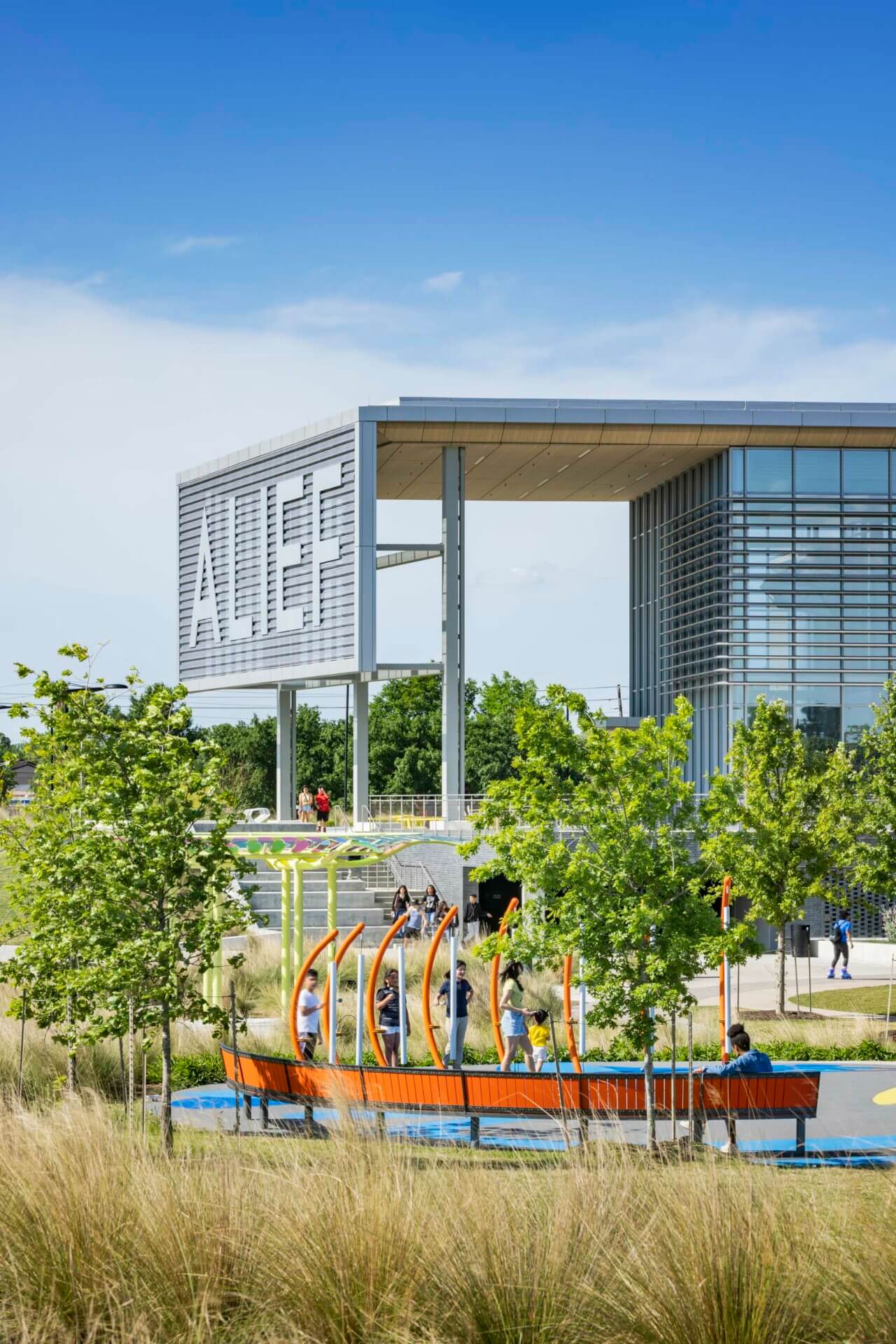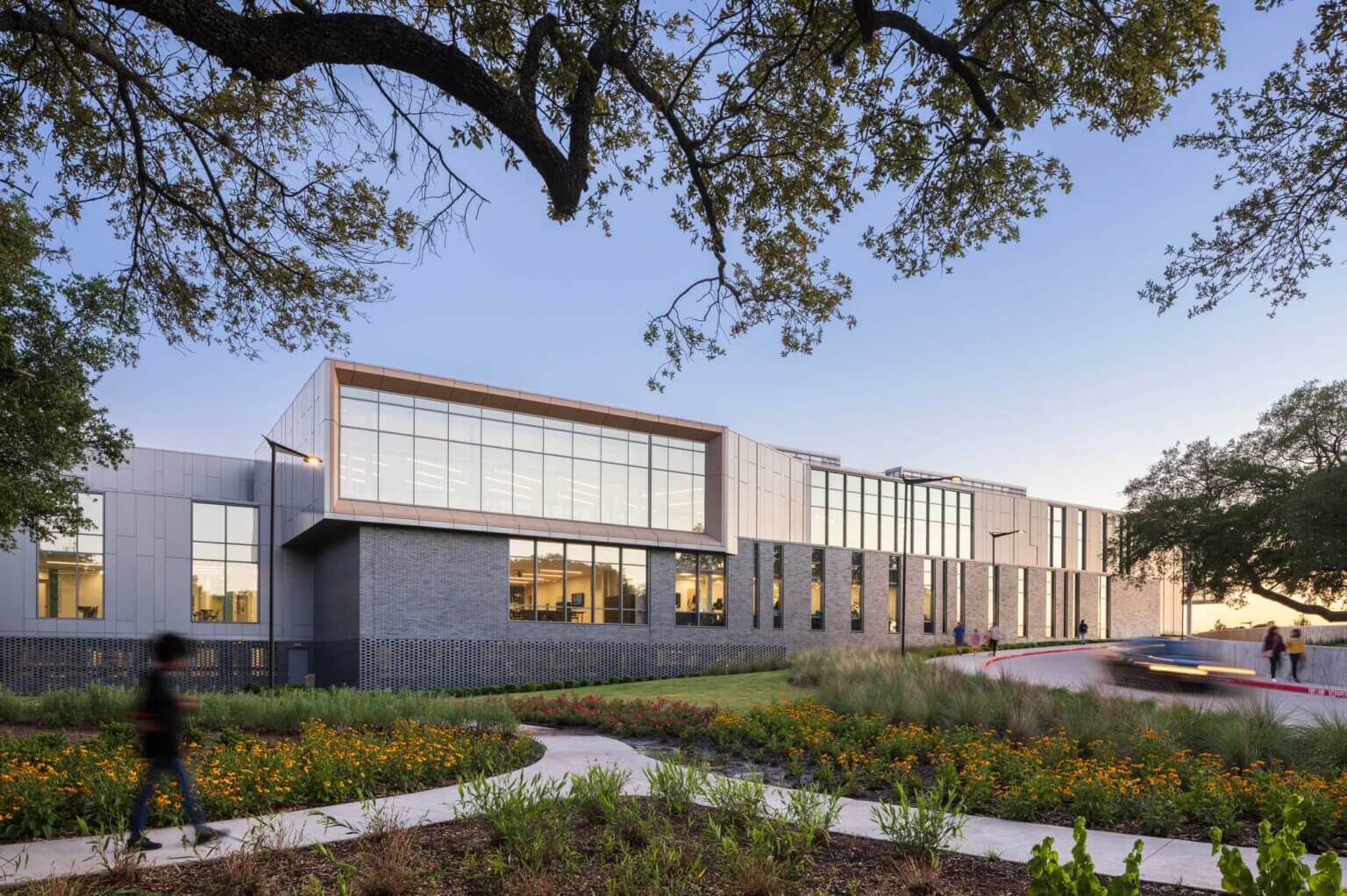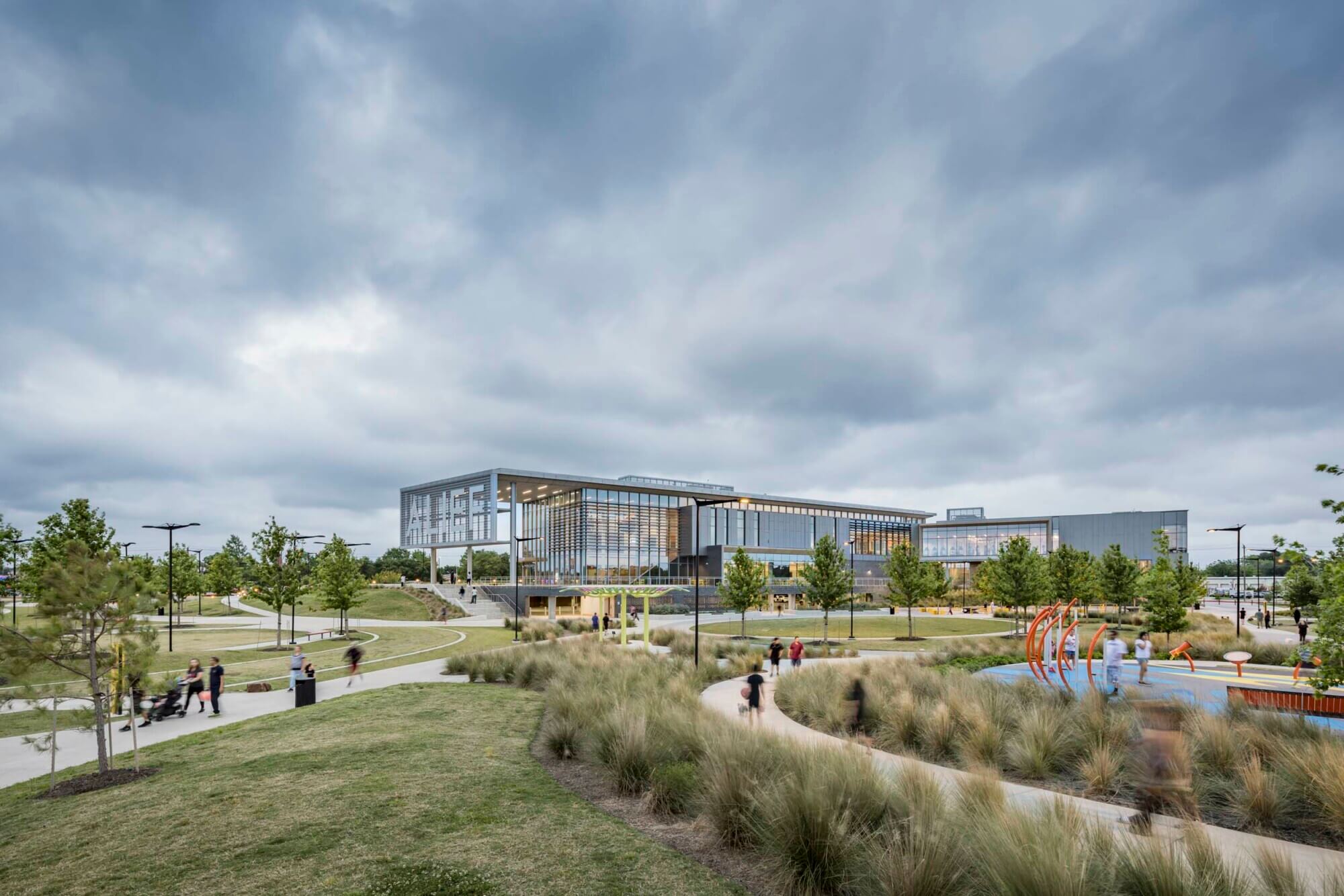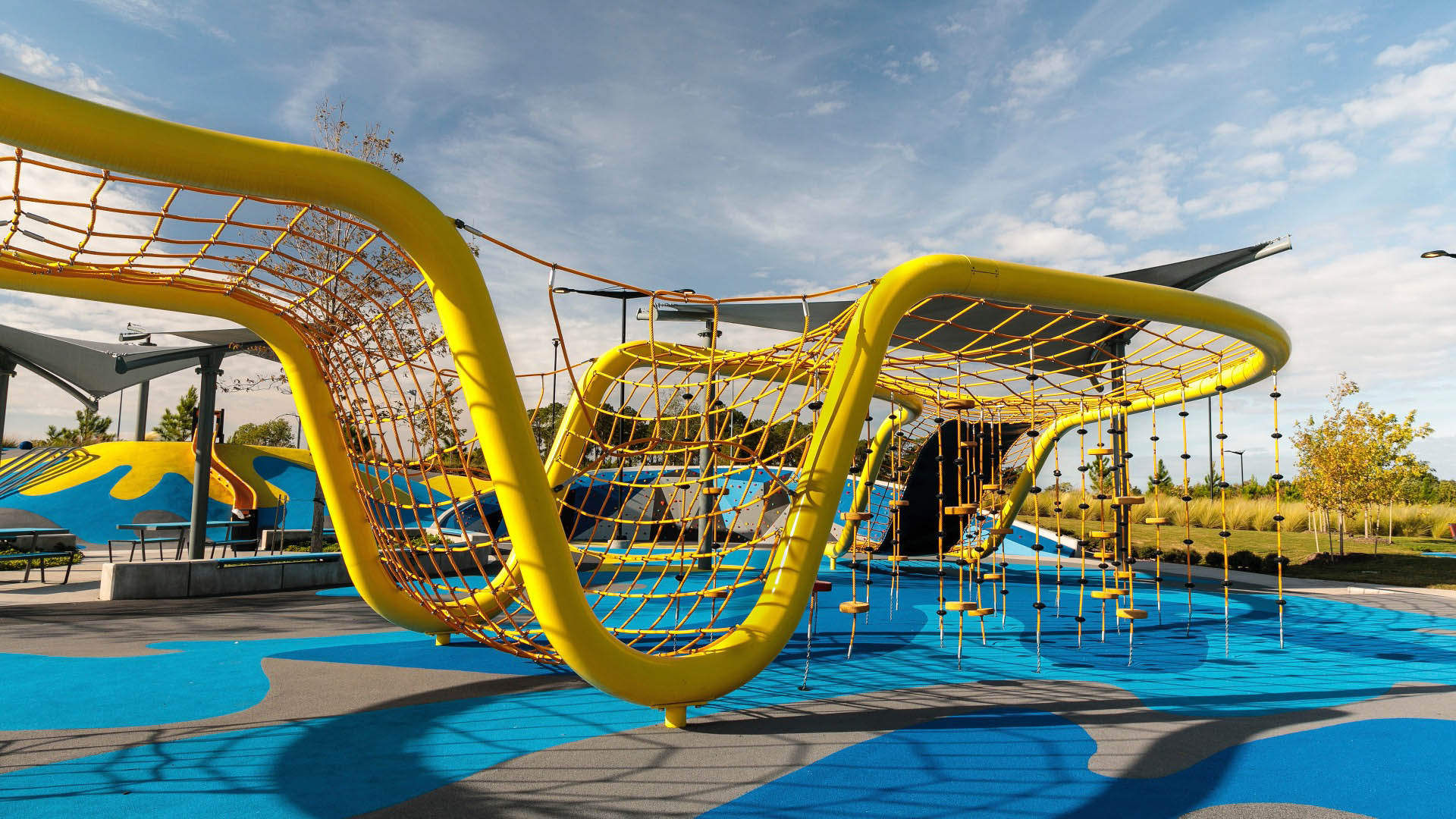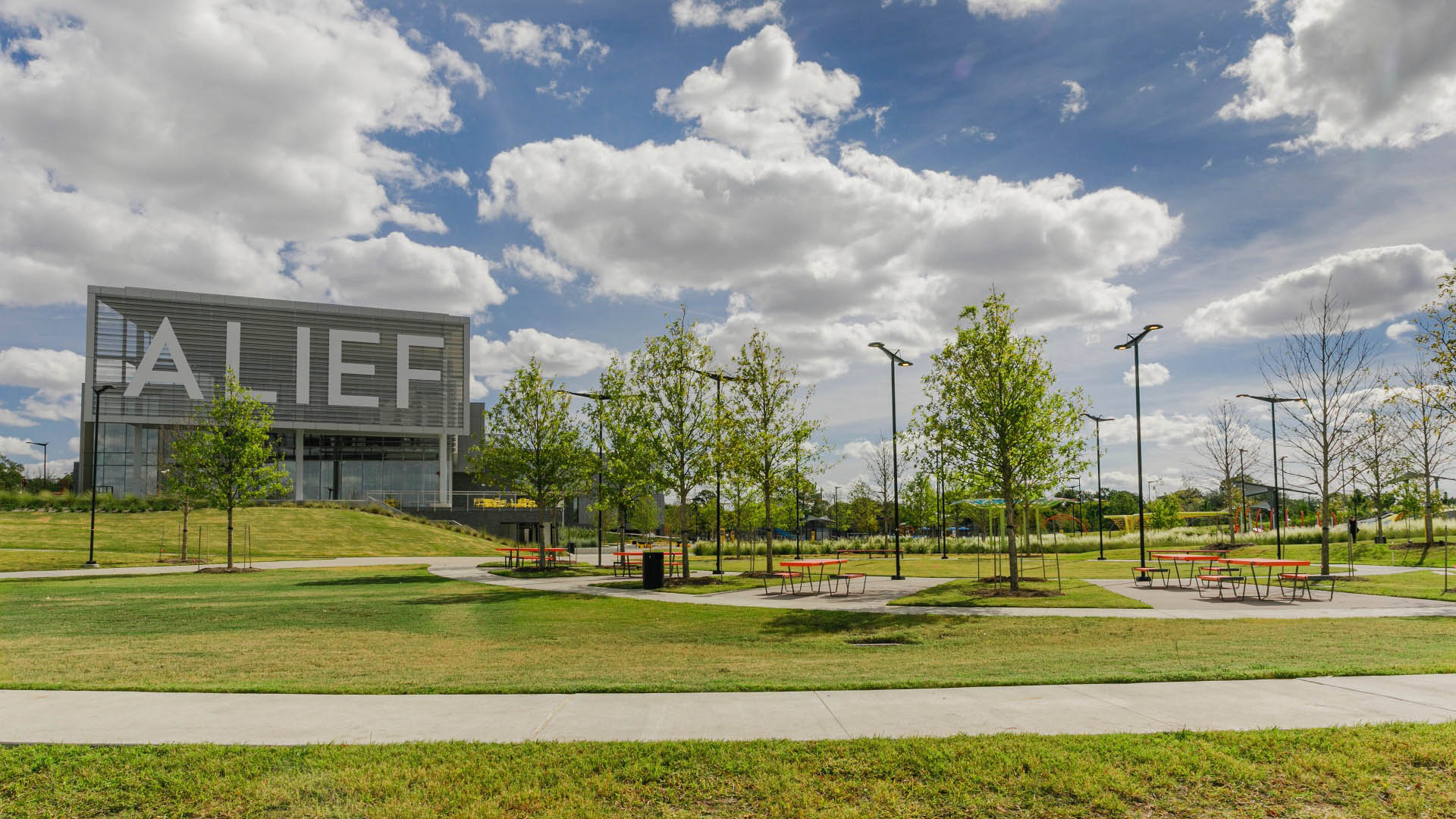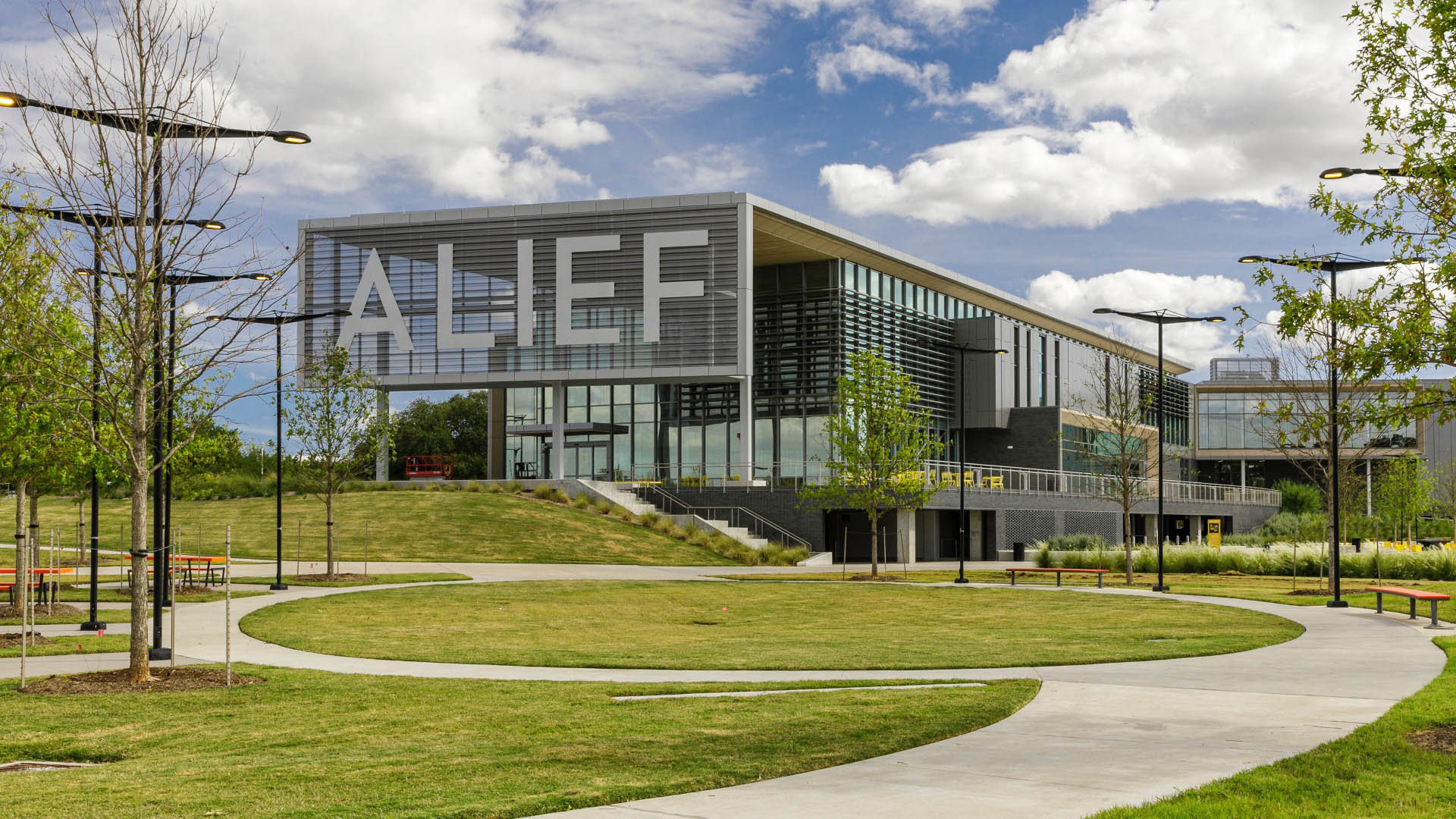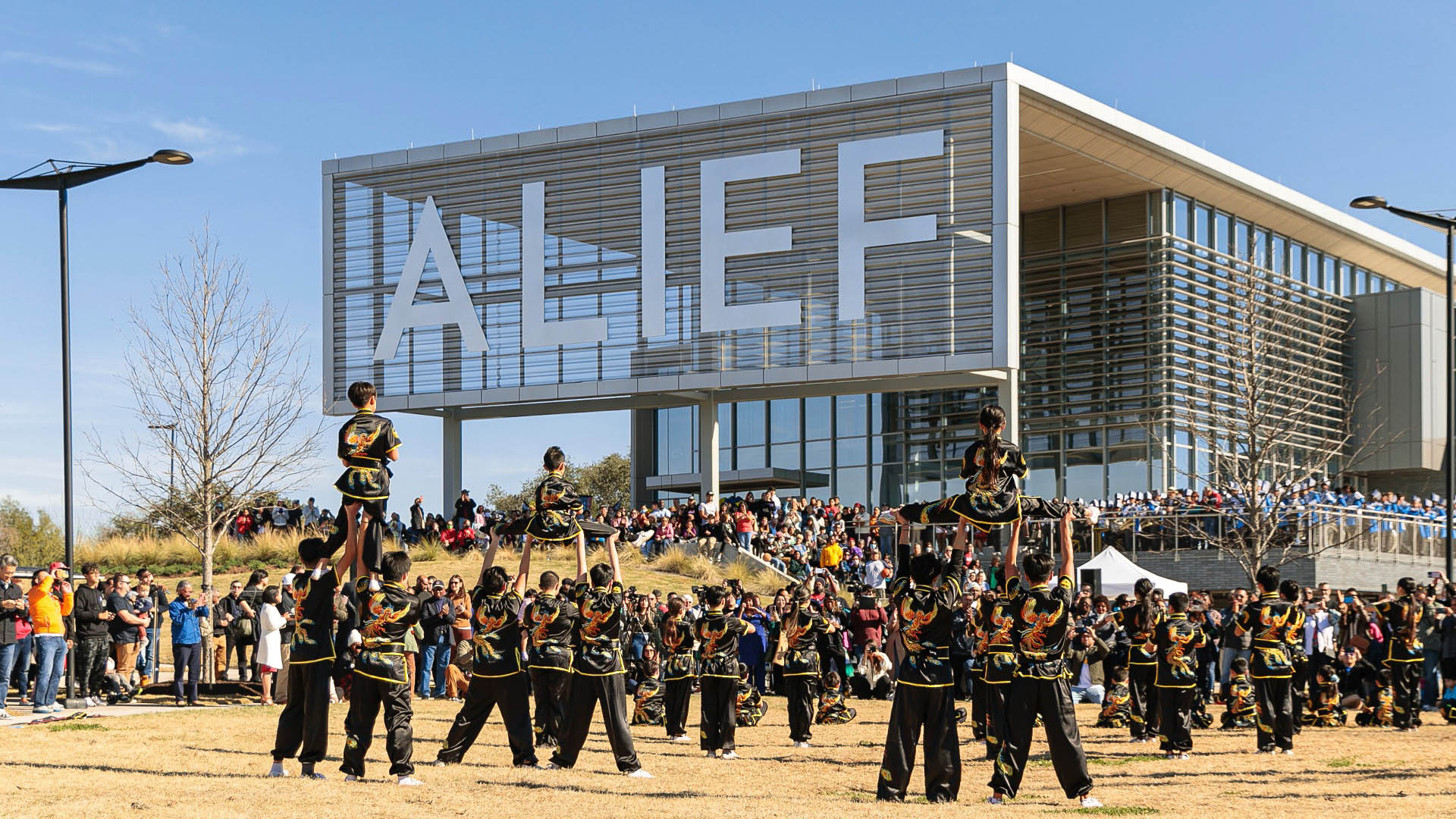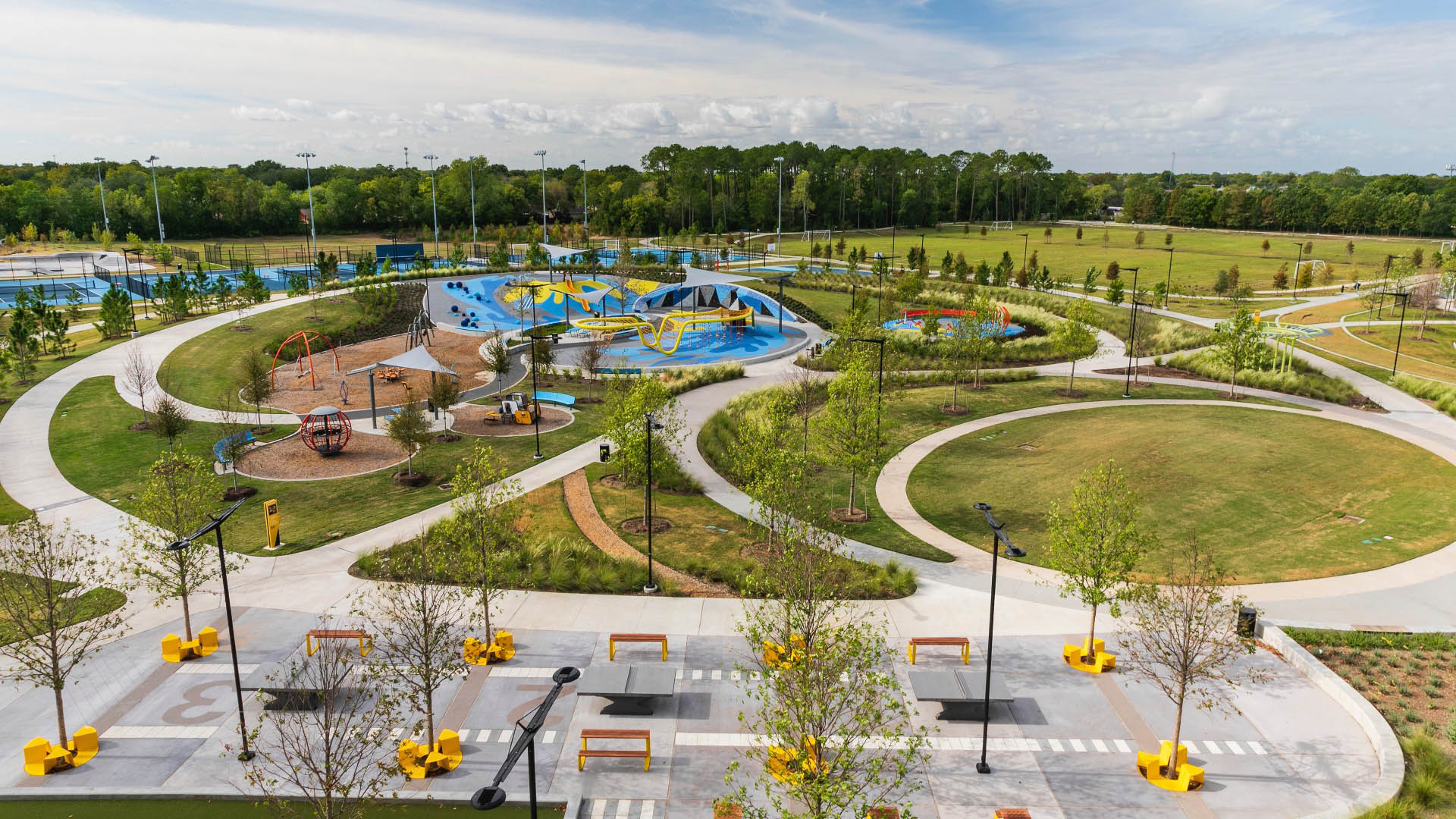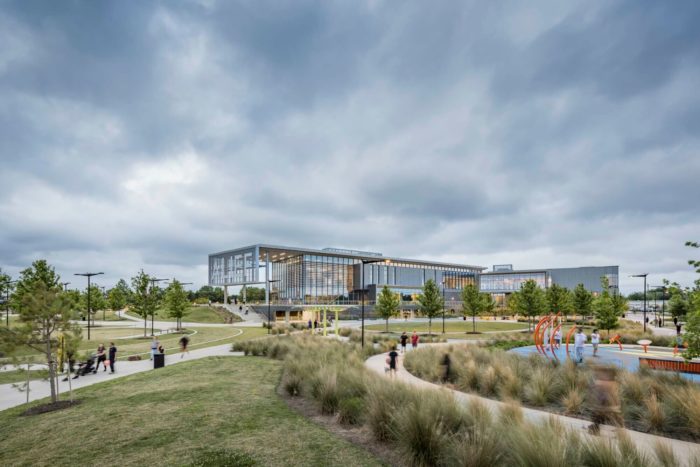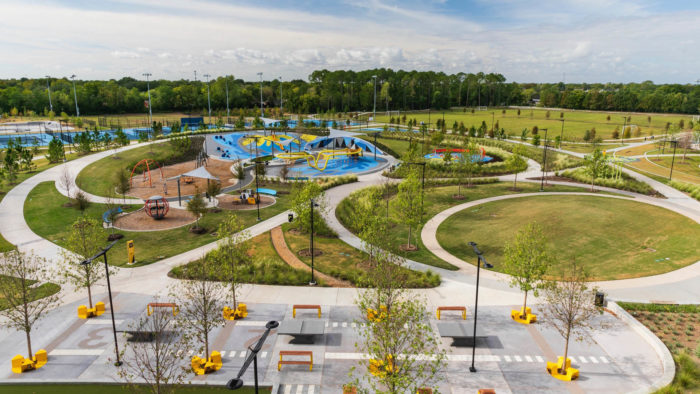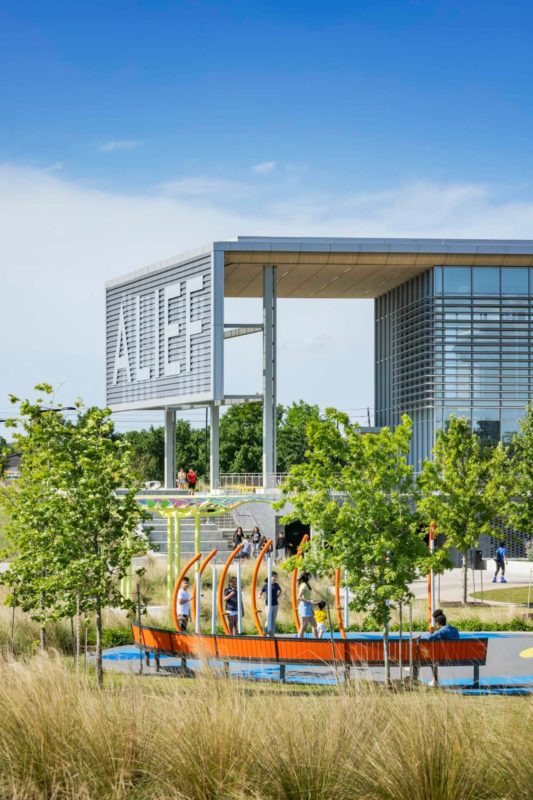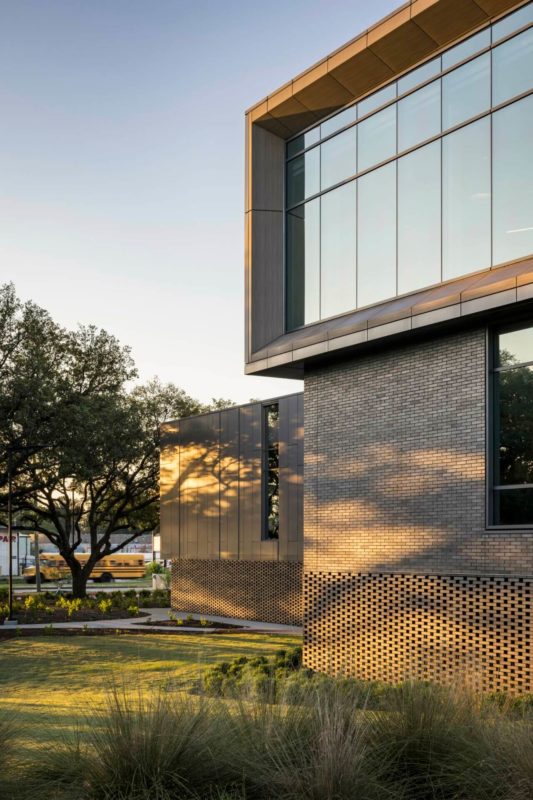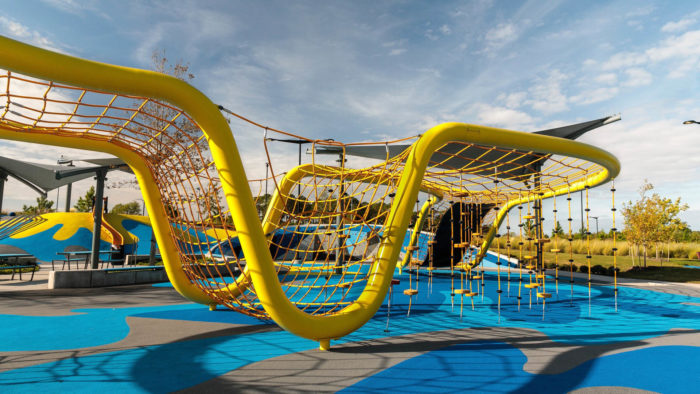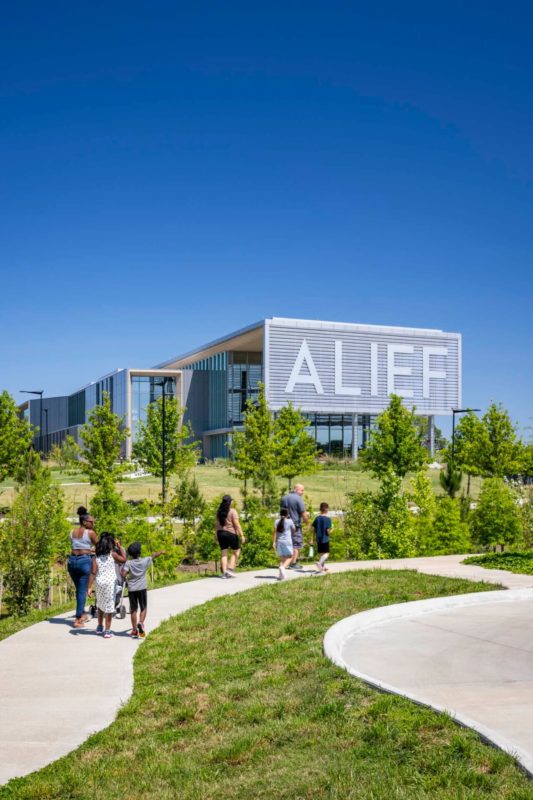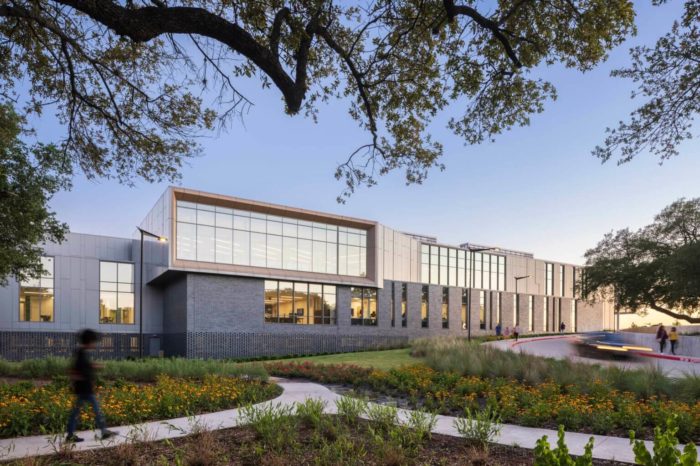Southwest Houston’s Bellaire Boulevard, a bustling thoroughfare, is no stranger to the ebb and flow of urban life. However, as you traverse its lanes, you’ll find a remarkable oasis of community spirit and inclusivity standing tall amidst the ever-changing cityscape – the Alief Neighborhood Center. Nestled discreetly at the intersection of Bellaire and South Kirkwood, this beacon of unity and togetherness is a testament to meticulous community design. Its journey began in 2014 when the local government of Alief embarked on a mission to create a facility that would reflect and serve the diverse values of the community.
Alief Neighborhood Center: A Beacon of Community and Inclusivity in Southwest Houston
Designed by Page Southerland Page (with the project initially led by EYP), the Alief Neighborhood Center opened its doors in January, showcasing the power of collective vision. Although it faced initial resistance, the extensive outreach meetings during the schematic design phase paved the way for the community to express their needs and desires. The project had been three decades in the making, a symbol of resilience for a community that was once referred to as “District F, for forgotten.”
These meetings and design collaborations result in a state-of-the-art 70,000-square-foot community center that wouldn’t be out of place on a university campus. It replaces an older, smaller community hall, offering new facilities for a public library branch, expansive parkland, health departments, and outdoor sports complexes. In response to concerns raised after Hurricane Harvey, the building sits atop an artificial hill, safeguarding it from future floodwaters while concealing a parking garage beneath.
A central staircase is the heart of the building’s lobby, providing seating, circulation, and a gathering place for the community. Functioning as a one-stop shop for various needs across different age groups, it hosts a senior center for grandparents, WIC service offices for parents, and a library for children, among other amenities. The design maximizes efficiency within its footprint, resembling a vacuum-sealed, programmatic massing model.
The Alief Neighborhood Center thoughtfully separates the health department from the parks department on the first floor, while the second floor houses the library department and tech link spaces. Despite these distinct areas, the building maintains seamless connections to enhance work efficiency and facilitate the use of shared meeting rooms. The health department, located closest to the entrance, sees approximately 1,200 visitors daily. The library, elevated above the park’s tree canopy, offers an open view of the outdoor facilities to the south.
The outdoor space is equally dedicated to community interaction. SWA Group’s landscape design transforms the site into a civic gathering place. It absorbs floodwaters and provides essential recreational facilities, including seating areas, basketball and tennis courts, a pool, and a skatepark. Curved pathways meander through tree canopies, ensuring a pleasant stroll, while sporting courts are strategically positioned to minimize noise disruptions in gathering spaces.
Standing proudly in its roadside context is the center’s iconic sign, a testament to neighborhood pride. Five 16-foot-tall aluminum letters spell out “ALIEF,” doubling as a shade structure for the entry patio. As Jonas Risén aptly said, it’s “the biggest front porch in Texas,” functional, open, and inviting.
Art and culture find their place inside and outside the Alief Neighborhood Center. The grounds feature Windbloom, an artwork by Falon Mihalic, a Houston-based multidisciplinary artist. Resembling an elevated flower, it offers shade and serves as a symbol of community engagement and reflection. Recently, Alief has gained cultural prominence through literature, television, and music. The Alief Neighborhood Center is a tangible marker of this cultural recognition, symbolizing a more significant appreciation for this vibrant part of southwest Houston.
As the initial excitement of a new building often fades, the Alief Neighborhood Center continues to thrive. After nearly six months in operation, it remains a beloved hub for people of all ages. Page’s Alief Neighborhood Center isn’t just a building; it embodies local pride and inclusivity, setting a remarkable standard for community centers throughout Houston. It promises to become an enduring symbol of unity and community spirit in this dynamic city as time passes.
